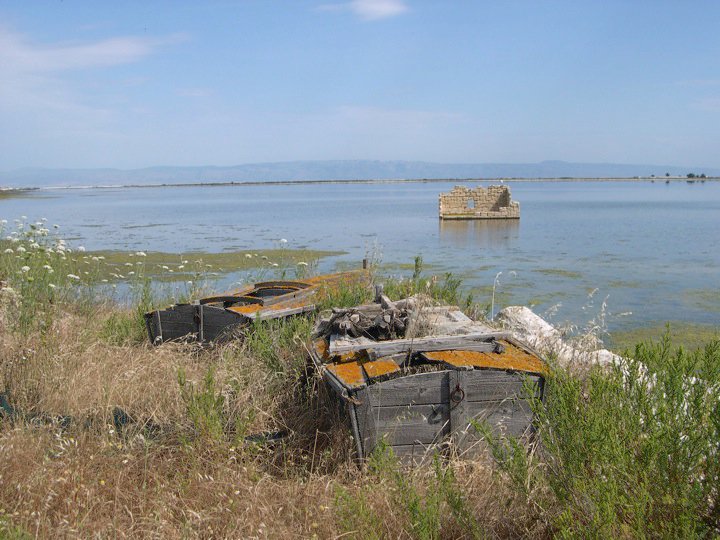FEBRUARY 2nd is the “WORLD WETLANDS DAY”. THE INTERNATIONAL CELEBRATION WAS CREATED PRECISELY TO PROTECT HABITATS AND FOR MAN’S WELL-BEING
February 2nd is the “World Wetlands Day”. The event was established in 1996 to celebrate the day on which the International Convention on Wetlands in the Iranian city of Ramsar. The international celebration was born precisely for protect habitats and protect the routes of migratory birds and raise awareness and raise awareness of the importance of these places.
“Wetlands for Disaster Risk Reduction”
The definition of wetlands includes lakes, ponds, lagoons, marshes, marshes, springs, springs and peat bogs. These represent a whole variety of natural habitats.
In the past these were often considered unhealthy and hostile places. In more recent times, however, especially in a period of climate crisis, the real importance of these areas has been underlined. As confirmed by the same theme of 2024 for World Day, called “Wetlands for Disaster Risk Reduction”, or, “Wetlands to reduce disaster risks”.
The crucial role of wetlands
Wetlands play a crucial role in reduction of hydrogeological risk, acting as reservoirs that collect water during floods. Furthermore, they help to dilute pollutants and slow down the flow of water, thus reducing the risk of floods. They are real “natural purifiers”, capable of creating optimal conditions for the microbial decomposition of organic substances.
They represent areas subject to temporary or permanent flooding and can result from both natural and artificial causes. Their importance extends beyond the sphere of biodiversity, supporting a wide range of plant and animal species. At the same time, they have significant value in commercial, social and cultural terms, thanks to the many human activities that take place in these regions.
Protected Natural Areas on a human scale
Relevant activities include fishing, tourism, bird watching, aquaculture and even hunting. These activities not only contribute to the local economy, but also to the social and cultural fabric of the communities that interact with wetlands. Many of them have been recognized as worthy of protection, with the establishment of Protected Natural Areas.
The importance of wetlands for human well-being
«World Wetlands Day – he declares Raniero Maggini president of the WWF Rome and Metropolitan Area – celebrates these areas by enhancing their importance for human well-being and they are often recognized as worthy of protection with Parks and Reserves. It is also these, then, that we need to monitor and guarantee the good state of health of, especially today when they seem to have become, for some, new lands of conquest.”

Wetlands in Italy
There are 53 Italian wetlands recognized by the Ramsar Convention, another 12 are awaiting designation. They were 3 million hectares in Roman times, in Italy. During the first half of the 20th century, large coastal marshy flat areas were reclaimed.
After the profound transformation processes due to the work of man, which have affected the entire planet, especially in the industrialized and most populous countries, wetlands remain as residual environments, but of great importance for the wildlife. Over the last 50 years, 66% of wetlands have disappeared in Europe.
However, even areas of modest extension can take on significant importance thanks to the presence of endemisms, i.e. species exclusive to a few sites, or thanks to their attractiveness for migratory species. These areas, in fact, offer crucial opportunities for the reproduction, resting and wintering of these species.
Artificial wetlands, such as salt marshes, see those of Margaret of Savoy, in Puglia (on the cover, photo by Gianni Avvantaggio), the catchment basins, artificial basins and rice fields can play a significant role for biodiversity. In many territorial contexts, they act as authentic sanctuaries for migratory bird species, offering a habitat suited to their needs during different phases of their life cycle.

